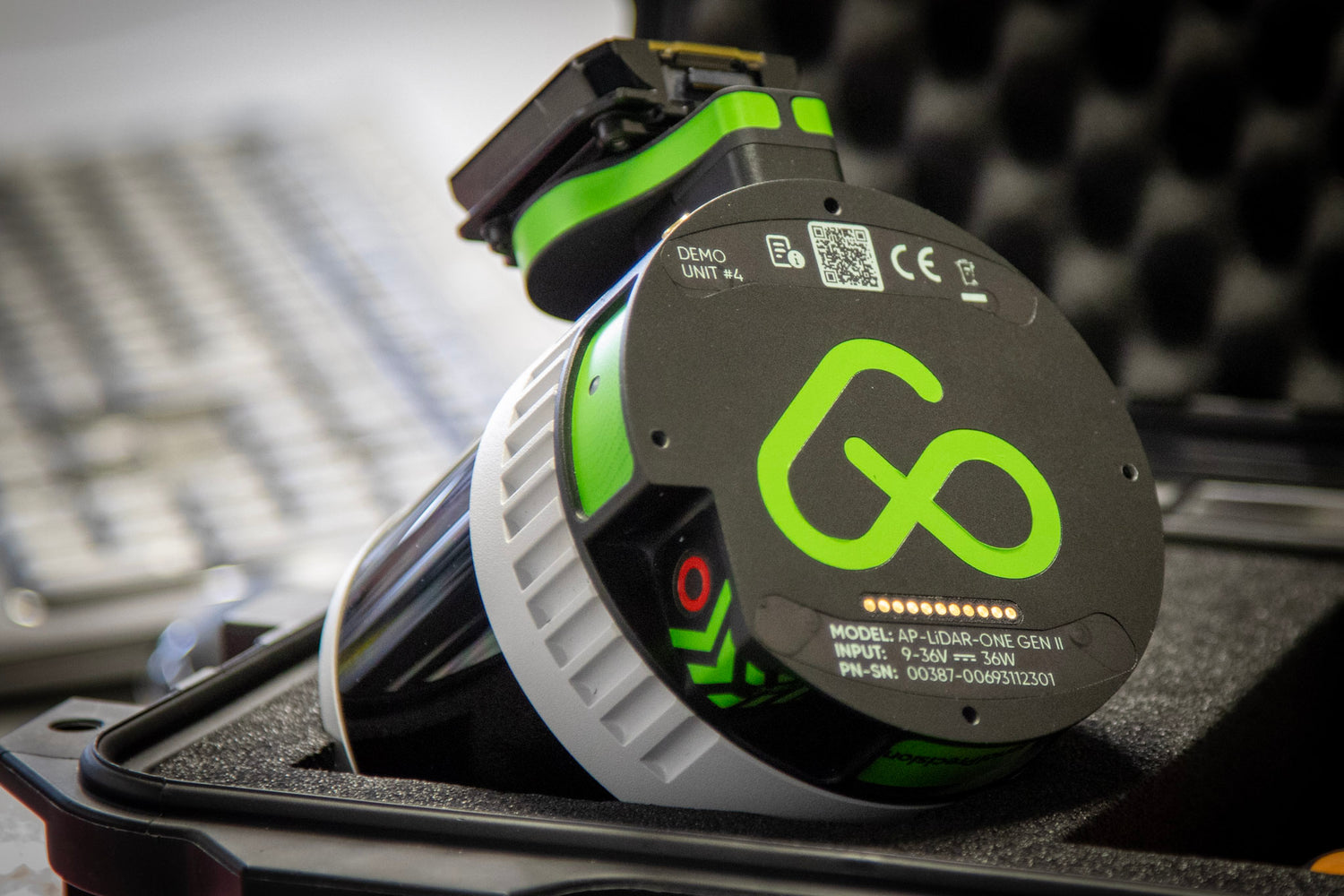
Industries that should be using LiDAR (but aren't)
Ana Rouxinol
LiDAR technology is revolutionizing some areas, like self-driving cars, archaeology, and forestry, with impressive high-definition 3D mapping! Many professionals in practice and industry areas are still largely unaware of these possibilities. We will be considering industries where the adoption of LiDAR should very clearly be considered when we explore what industries benefit from LiDAR and why they should strongly consider adopting it!
Agriculture (beyond basic field mapping)
Although some farms utilize LiDAR for mapping topography, its use for crop health assessment, irrigation scheduling, and estimating yield has still been underused. LiDAR can respond to small changes in plant structure, allowing a farmer to identify disease or nutrient stress faster than traditional methods.
Urban planning and smart cities
Many cities still rely on outdated surveying techniques. LiDAR could enhance infrastructure planning, historic preservation, and flood risk assessment by generating highly accurate, detailed models of urban landscapes.
Insurance and risk assessment
Insurance companies often depend on manual inspections for property evaluations. LiDAR could improve damage assessments after natural disasters, providing more precise data for claims processing and reducing human error.
Mining and quarrying
Though some mining operations use LiDAR for volume calculations, its potential in slope stability analysis, underground mapping, and safety monitoring remains underdeveloped. Regular LiDAR scans help prevent accidents and optimize extraction processes.
Retail and commercial space optimization
LiDAR offers a powerful alternative to cameras or manual tracking for analyzing customer movement and store layouts. Its precise, anonymous data could help retailers optimize space without privacy concerns.
Renewable energy (wind and solar farms)
Wind turbine inspections often involve dangerous manual checks. Drones equipped with LiDAR could safely assess blade wear and structural integrity. Similarly, solar farms could use LiDAR to evaluate panel alignment and shading effects more accurately.
Wildlife conservation
While LiDAR is used in forestry, its applications in tracking animal habitats, mapping ecosystems, and anti-poaching efforts are still underused. High-resolution scans could provide conservationists with non-invasive ways to monitor endangered species.
Aerial Precision's advantage
We help industries unlock LiDAR's full potential through advanced aerial surveys and detailed data analytics. Our high-accuracy mapping solutions empower businesses to make smarter decisions, improve efficiency, and reduce costs without the limitations of traditional methods.
LiDAR's applications are broader than many realize, and early adopters will gain a competitive edge. Is your industry ready to harness its power?
Discover how we can bring LiDAR's accuracy to your operations. Contact us today to learn more!




